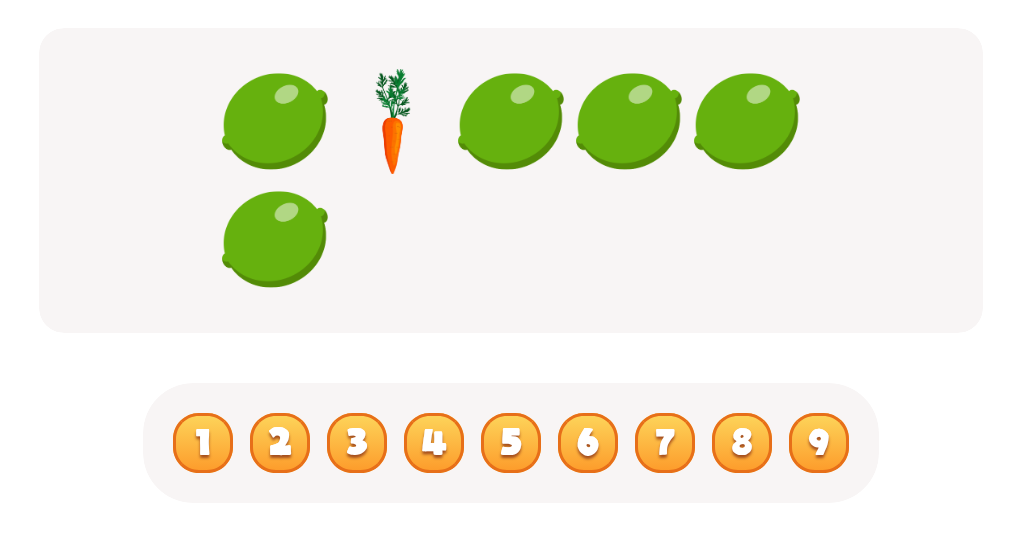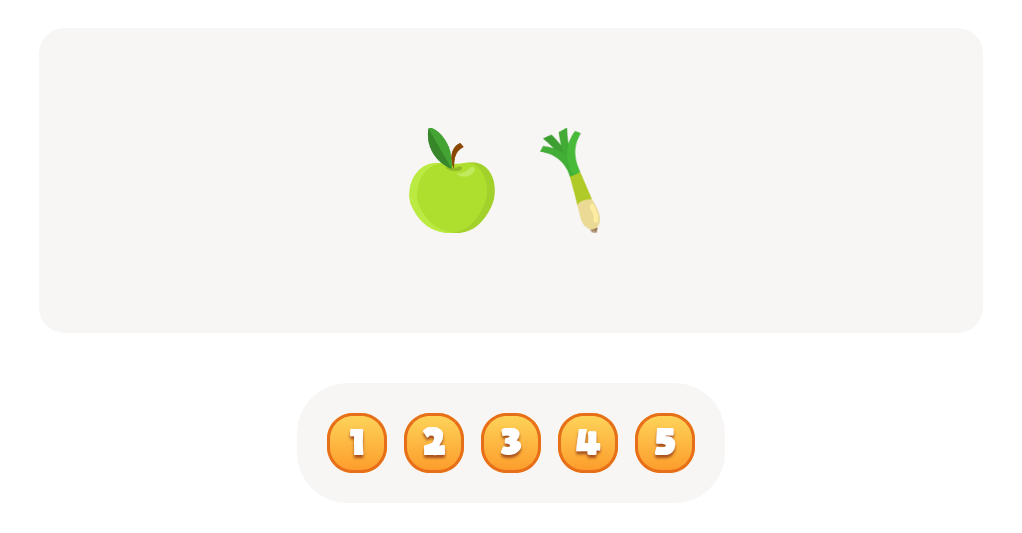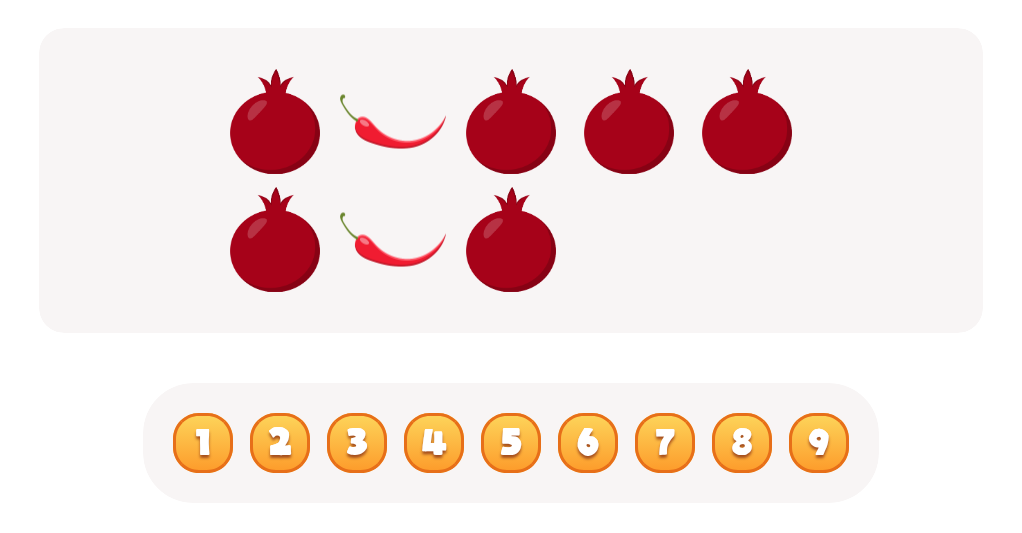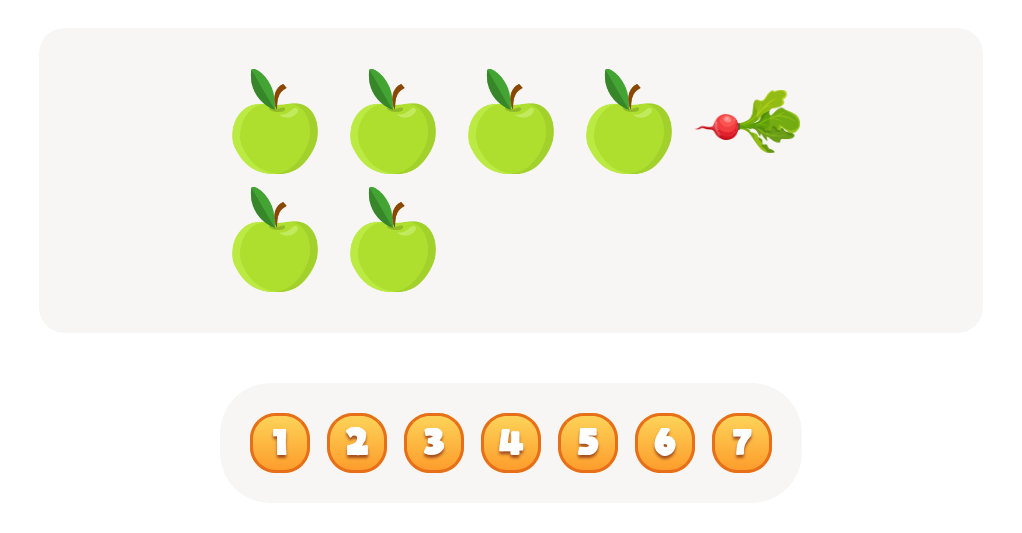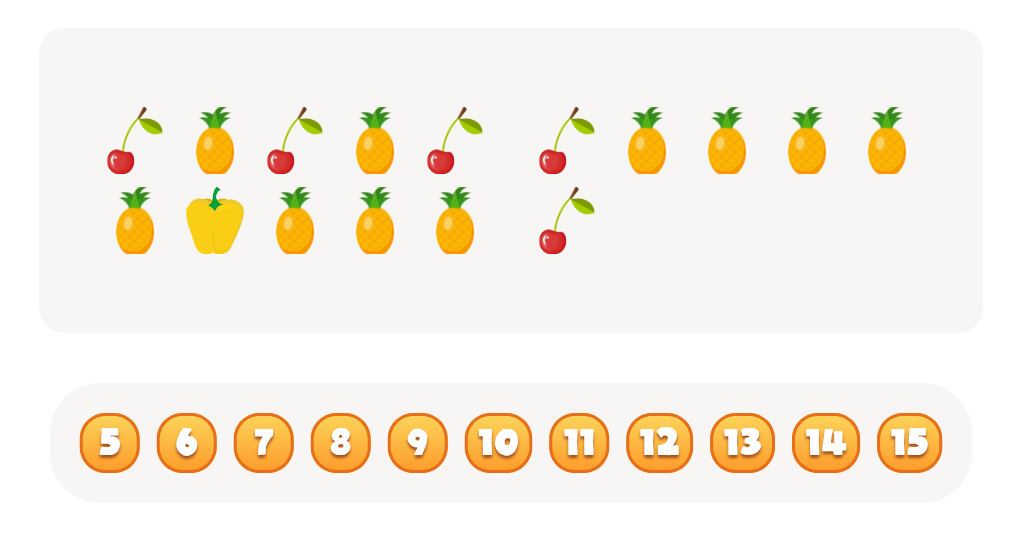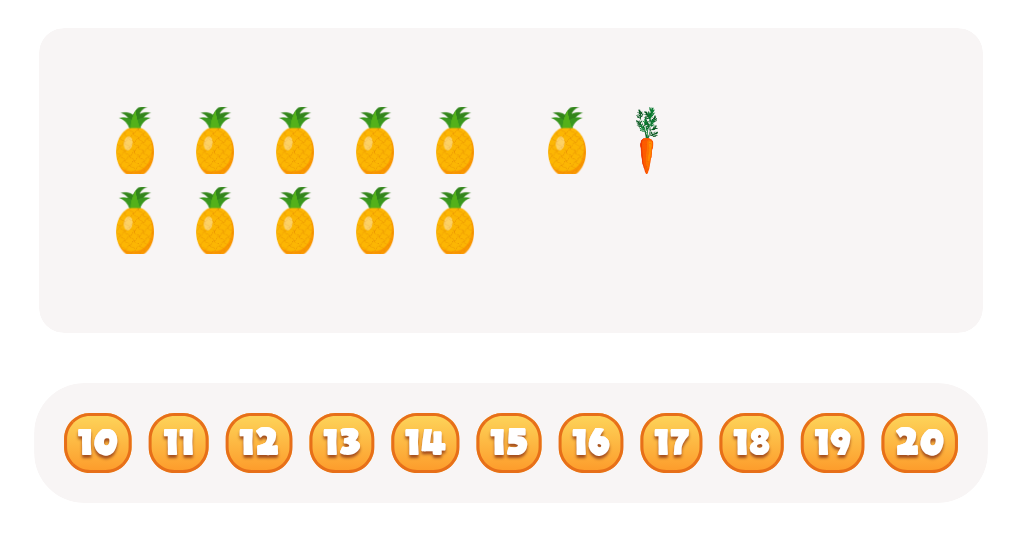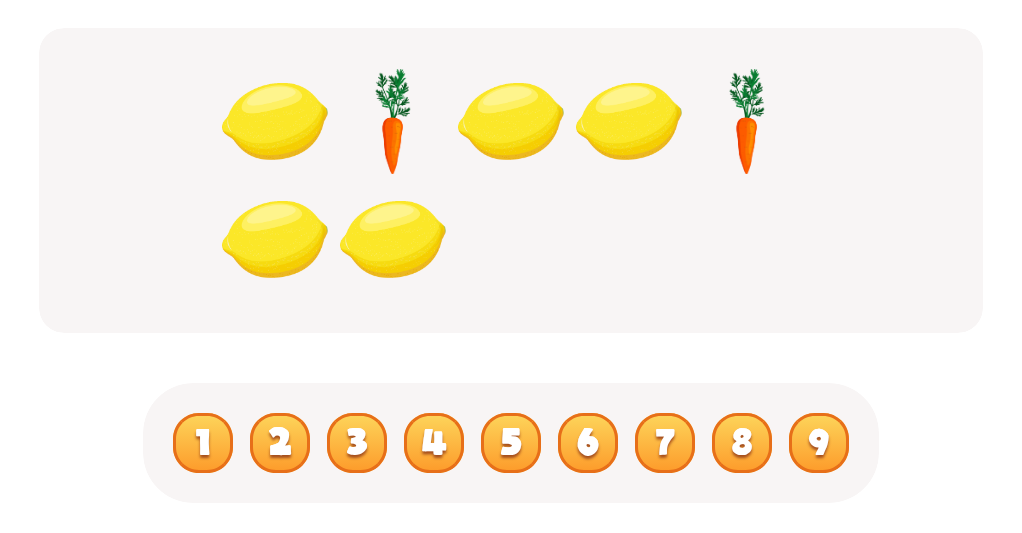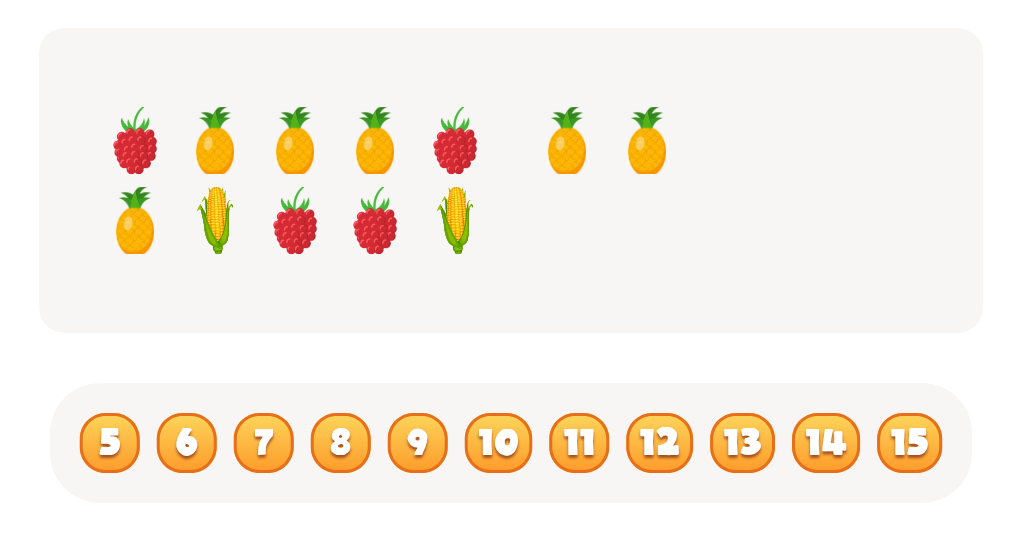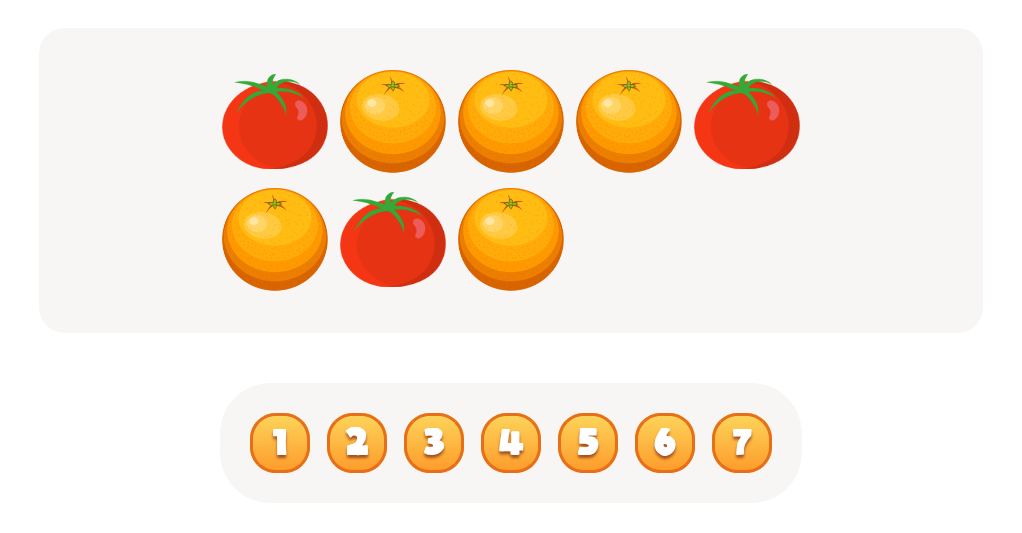Counting skills Normal Plants and Animals Worksheets for Ages 6-9
6 filtered results
-
From - To
Enhance your child’s counting skills with our engaging Plants and Animals Worksheets, designed specifically for ages 6-9. These interactive and educational resources provide a fun way for young learners to practice counting while exploring the fascinating world of plants and animals. With vibrant illustrations and age-appropriate activities, kids can develop essential math skills through hands-on learning. Each worksheet encourages critical thinking and promotes a deeper understanding of nature as they count various animals and plants. Ideal for classroom or home use, these worksheets ensure a captivating learning experience that sparks curiosity and supports math proficiency in young minds.
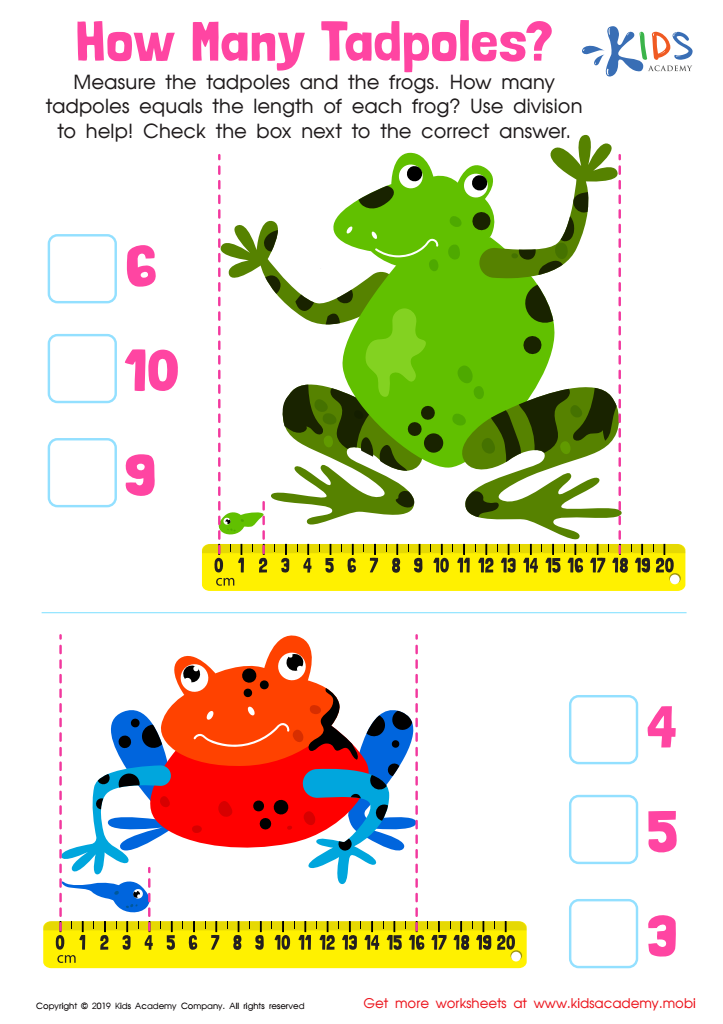

How Many Tadpoles Worksheet


African Wildlife: Giraffe Worksheet
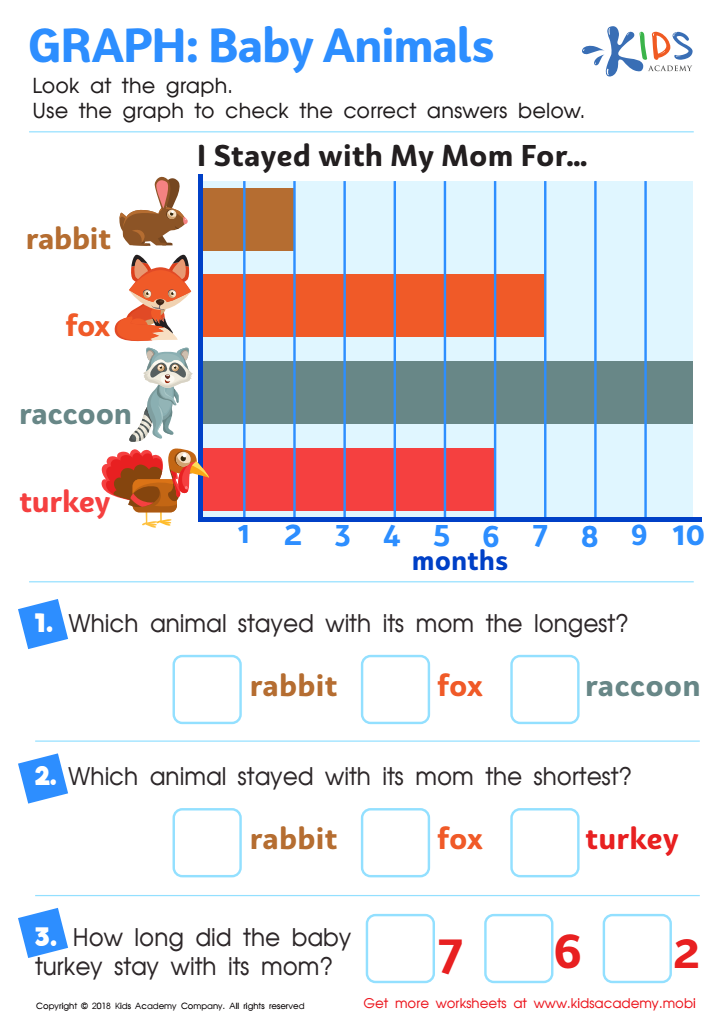

Graph: Baby Animals Worksheet
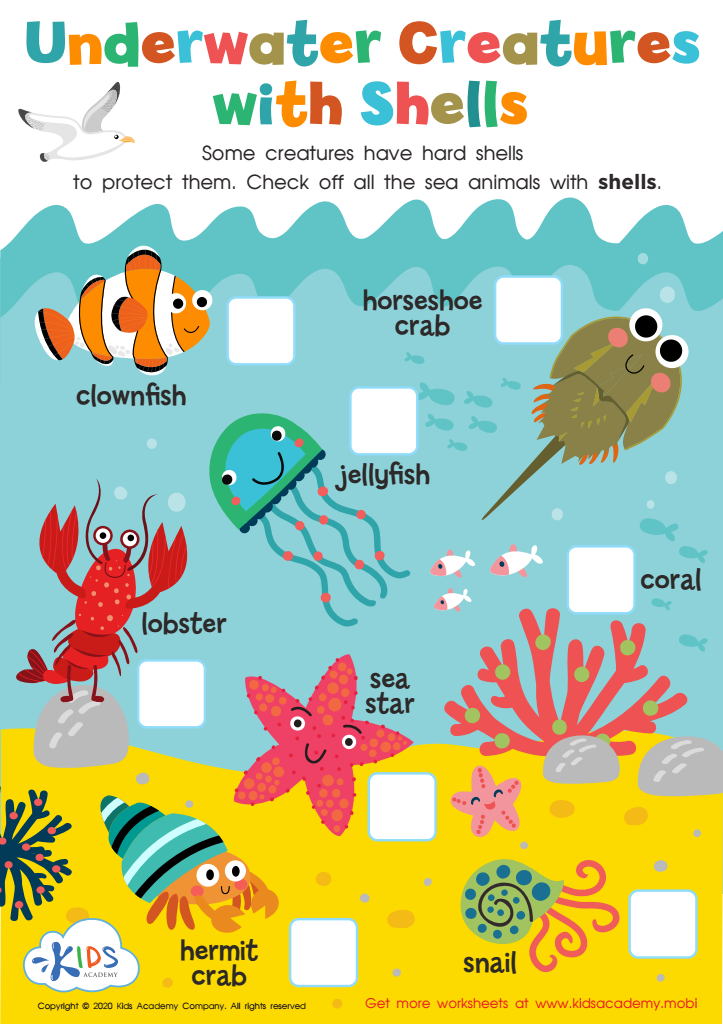

Underwater Creatures with Shells Worksheet
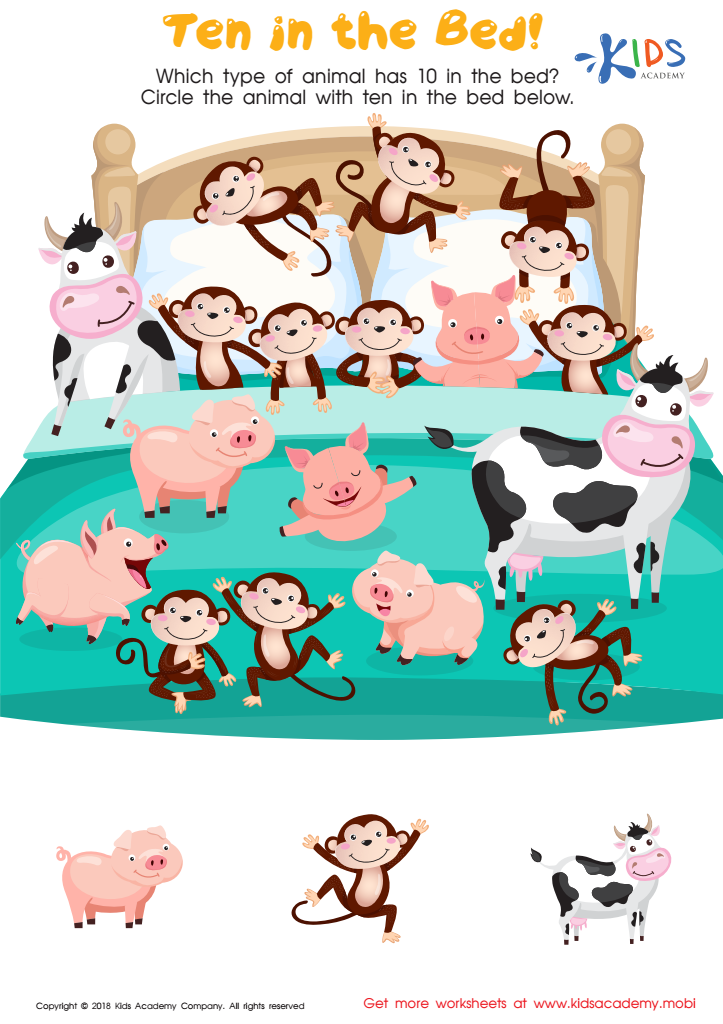

Ten in the Bed Worksheet


Find 5 Worksheet
Counting skills are foundational for young learners, particularly for ages 6-9, as they form the basis for more advanced mathematical concepts. Teaching children to count normal plants and animals encourages them to engage with their environment while developing critical counting skills. This active learning approach not only aids in understanding numbers but also fosters observational skills and an appreciation for nature.
Moreover, incorporating plants and animals into counting activities can make learning more relatable and enjoyable. Children are naturally curious about living things, and combining counting with observation allows them to explore diversity and enhance their vocabulary—learning terms related to biology, habitats, and ecosystem roles while practicing numbers.
Additionally, this hands-on experience supports cognitive development, promoting skills like categorization and logical thinking. Parents and teachers who prioritize counting skills through such engaging activities nurture a love for learning and curiosity in children, which can lead to improved academic performance in the long run.
By focusing on counting skills with plants and animals, parents and teachers can create an integrated learning experience that reinforces both mathematical understanding and a connectedness to the natural world, ultimately producing well-rounded, informed individuals.
 Assign to My Students
Assign to My Students
